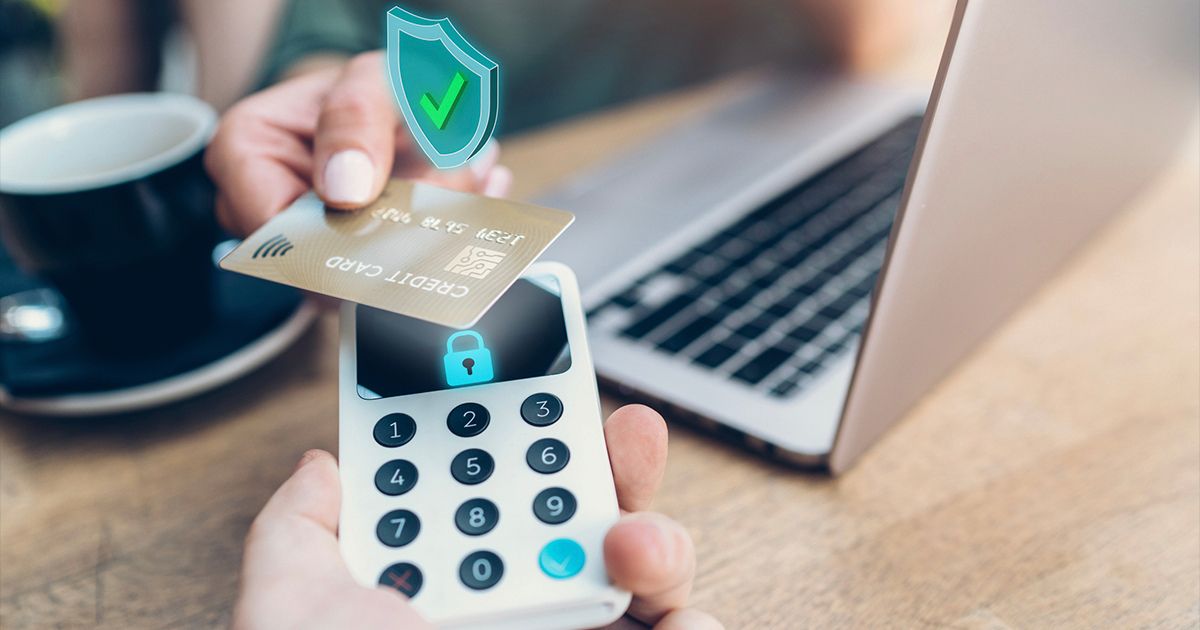
| January 26th, 2024 |
Revolutionizing Transactions — IoT’s Pivotal Role in Future Payment Processing!
In the fast-evolving landscape of digital transactions, the Internet of Things (IoT) has emerged as a game-changer, promising to revolutionize payment processing systems. This convergence of technology and finance holds the potential to reshape the way we make transactions, providing unparalleled efficiency, security, and convenience. In this blog post, we will delve into the intricate web of connections that IoT weaves into the fabric of payment processing, exploring its current applications, future possibilities, and the transformative impact it is set to deliver.
Understanding the Essence of IoT in Payment Processing —
1. Real-Time Data for Enhanced Security:
One of the primary advantages that IoT brings to payment systems is the ability to harness real-time data. Connected devices, ranging from smartphones and wearables to smart appliances, generate a continuous stream of data. This data can be utilized to build a comprehensive understanding of user behavior, enabling more accurate fraud detection and prevention mechanisms.
In a future payment system powered by IoT, transactions will be continuously monitored for anomalies. Machine learning algorithms, fueled by the constant influx of data from interconnected devices, will be adept at identifying suspicious patterns and potential security threats. This real-time monitoring enhances the overall security of payment transactions, providing users with peace of mind in an increasingly digital world.
2. Seamless and Contactless Transactions:
Contactless payments have gained significant popularity in recent years, and IoT is set to elevate this trend to new heights. The integration of IoT in payment processing enables a seamless and frictionless experience for users. Smart devices equipped with Near Field Communication (NFC) technology can initiate transactions with a simple tap or wave, eliminating the need for physical cards or cash.
Imagine a scenario where your smartwatch communicates with the payment terminal at a coffee shop, and the transaction is completed effortlessly. This level of convenience not only accelerates the payment process but also minimizes the risk of lost or stolen cards. As IoT devices become more ubiquitous, the era of contactless transactions is poised to redefine the very essence of how we pay.
Current Applications of IoT in Payment Processing —
1. Smart Point-of-Sale (POS) Systems:
The integration of IoT in POS systems is already underway, transforming traditional checkout processes. Smart POS systems leverage IoT devices to streamline transactions, manage inventory in real-time, and provide personalized offers to customers. This not only enhances the efficiency of businesses but also creates a more engaging and tailored shopping experience for consumers.
2. Biometric Authentication:
Biometric authentication is a key area where IoT is making significant strides in payment processing. Connected devices, such as smartphones and tablets, utilize biometric data like fingerprints or facial recognition to authenticate transactions securely. This adds an extra layer of security, reducing the reliance on traditional methods like PINs or passwords.
The Future Landscape —
1. Wearable Technology in Payments:
As wearable technology becomes increasingly prevalent, the future of payment processing will witness a surge in transactions initiated through smartwatches, fitness trackers, and other wearable devices. These devices, embedded with IoT capabilities, will seamlessly connect with payment networks, enabling users to make purchases with a simple gesture or voice command.
Moreover, the integration of health data from wearables into payment systems could unlock innovative possibilities, such as personalized pricing based on fitness levels or incentivizing healthy behaviors through targeted discounts. The intersection of IoT and wearables in payment processing holds tremendous potential for a more connected and personalized consumer experience.
2. Smart Homes and IoT-Enabled Payments:
The concept of smart homes, characterized by interconnected devices and automation, is evolving to include payment capabilities. IoT-enabled smart home devices, such as refrigerators, thermostats, and even voice-activated assistants, could facilitate seamless and secure transactions.
Imagine replenishing your groceries directly from your smart fridge or settling utility bills through your voice-activated assistant. These scenarios exemplify the convergence of IoT and payment processing, creating a holistic ecosystem where transactions seamlessly integrate into the fabric of daily life.
Challenges and Considerations —
While the prospects of IoT in payment processing are promising, there are inherent challenges that must be addressed for widespread adoption.
1. Security Concerns:
As with any technology-driven innovation, security remains a paramount concern. The interconnected nature of IoT devices creates an expanded attack surface, making them potential targets for cyber threats. Robust encryption, authentication protocols, and continuous monitoring are imperative to mitigate these risks and ensure the integrity of payment transactions.
2. Standardization and Interoperability:
The diverse array of IoT devices in the market poses challenges related to standardization and interoperability. For a seamless payment experience, it is crucial to establish industry-wide standards that facilitate communication between different devices and platforms. This standardization will enhance compatibility and ensure a consistent user experience across various IoT-enabled payment scenarios.
Conclusion —
In conclusion, the integration of IoT into payment processing systems marks a significant paradigm shift in the way we conduct transactions. The marriage of technology and finance is paving the way for a future where payments are not just transactions but integral components of a connected ecosystem.
As IoT continues to evolve, the synergy with payment processing will unlock unprecedented levels of efficiency, security, and convenience. From real-time data analytics to contactless transactions and the integration of wearable technology, the possibilities are boundless. However, to fully realize the potential of IoT in payment systems, stakeholders must collaborate to address security concerns, establish standards, and ensure a seamless, interoperable landscape.
The future of payment processing is undeniably intertwined with the Internet of Things, and as we navigate this digital frontier, the evolution promises a more connected, secure, and personalized transaction experience for consumers worldwide.